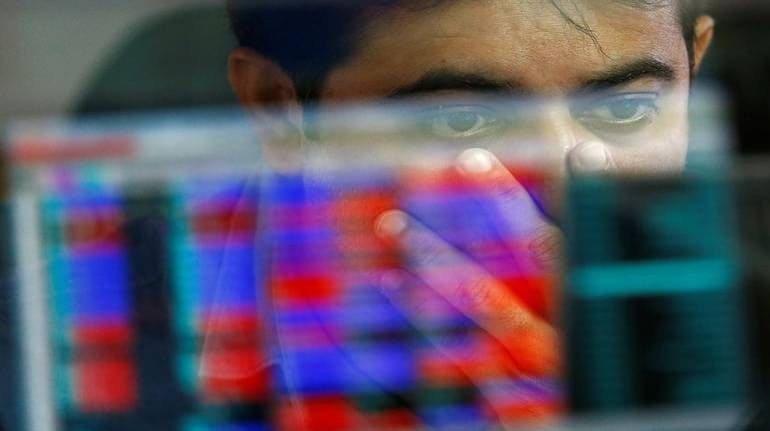



Fears of a global recession have intensified recently. The event will not only be catastrophic for developed markets but also emerging markets like India especially in the backdrop of trade war concerns, and volatility in crude oil prices.
The domestic economy has already showed signs of a slowdown as GDP growth plunged to an over 6-year low, at 5 percent, in the June quarter. Also, the corrective measures taken by the government will take time to reflect in the economy.
On the global front, the slowdown is already visible as more central bankers are resorting to stimulus measure. In a recent Bank of America Merrill Lynch survey, 38 percent of the participants think a recession is likely in the next 12 months, while 59 percent said it was unlikely.
This is the highest recession probability since August 2009,” said the report. The survey further added that investor cash levels have fallen to 4.7 percent in September, well off the recent high of 5.7 percent in June and a shade above the 10-year average of 4.6 percent.
The market is abuzz with new reports of another stimulus measure from the government to combat the slowdown in India and put the economy on track to achieve $5 trillion dollar mark.
This would be the fourth booster dose to re-energize the flagging economy. The government has so far since the last week of August announced multiple measures including a megabank consolidation drive, a special fund for real estate, export incentives, and sops for the ailing automobile and micro, small and medium enterprises (MSMEs) sectors.
Experts feel that the slowdown in India is cyclical and it continues to remain a good long term story. “It is not just an India story, this is in an environment where we are structurally reducing global productivity by moving supply chains around. We are creating a less efficient global economy,” James Sullivan, head of Asia Ex-Japan Equity Research and head of APAC Telecom Research, JPMorgan said in an interview with CNBC-TV18.
“We are reducing overall global trade flows, which again reduces global growth rates and that is an important backdrop to the Indian economy,” he said.
According to him, India will remain a positive story over the next 10 to 30 years. "India should be one of the major beneficiaries of the global supply chain reorganisation that requires changes in government policy that requires significant investments."
What will take India to become $5 trillion economy?Although the government is actively looking for means to boost the economy but apart from government expenditure, private expenditure is also needed, suggest experts.
“To be $5 trillion economy, $1.4 trillion i.e. Rs 1 lakh crore of investment is needed. Though Asian infra bank, global investors and DII had done initial investments, we think the government will have to find even better sources of investments like sovereign bonds and have to make it attractive for FII/FDI,” Pritam Deuskar, Fund Manager, Bonanza Portfolio Ltd told Moneycontrol.
“With nominal GDP at 9-10 percent, $5 trillion is not impossible. The real challenge is when it can be achieved. The US took 11 years and China took 6 years to do so from $2-2.5 trillion size. When RBI has now provided funds which can make for shortfall of GST Rs 50,000 cr easily, it is now possible for the government to focus on this,” he said.
Global Economy in Liquidity Trap:The recent economic slowdown concerns have prompted the developed market central banks to again begin the race to the bottom, providing semblance to the global financial crisis (GFC) of 2008-09.
Post GFC, the policymakers were forced to innovate with unconventional monetary tools to manage the economic slowdown. The monetary tools were adequately complimented with fiscal expansion to boost the entrenched slowdown, suggest experts.
“A decade of unprecedented easy liquidity and low-interest rates have led to record long expansion of economic activity in some economies. However, the policies have been unable to reflate the economies to the desired levels, questioning the existence of the Philips curve and monetary policy framework targeting inflation,” Kotak Institutional Equities said in a note.
“With decade long policy excesses, today the global economy is seemingly in a liquidity trap with interest rates near the lower bounds (Eurozone, Switzerland, Japan in negative territory) with ample liquidity,” it said.
In this backdrop, the brokerage firm suspects the efficacy of further monetary stimulus, which if pursued may propel asset bubbles. “We believe that the Keynesian theory could yet again come to the rescue in the current downturn, especially in a low-interest rate regime,” it said.
Discover the latest Business News, Sensex, and Nifty updates. Obtain Personal Finance insights, tax queries, and expert opinions on Moneycontrol or download the Moneycontrol App to stay updated!
Find the best of Al News in one place, specially curated for you every weekend.
Stay on top of the latest tech trends and biggest startup news.